Amr Al-Azm sits hunched in front of a computer nestled among stacks of paper in his living room as photographs of colorful mosaics scroll across the screen.
“This guy...is dumb as fuck,” the graying archaeologist and historian mutters in a London-inflected tenor, briefly breaking from the upbeat, professorial demeanor he’s displayed for the better part of the day.
These highly valuable mosaics depicting Roman and Byzantine scenes were pilfered from Apamea, an ancient city in war-torn Syria that has been “turned to Swiss cheese” by looters. Coordinating preservation efforts from an unassuming, quiet cul-de-sac in southeast Ohio, Al-Azm is an integral member of a network of academics, archaeologists, and Syrian activists who have banded together to preserve a past at risk of being obliterated at the hands of thieves and militants with little regard for the country’s cultural history.
The looter whom Al-Azm is tracking seems to have struck it rich with his haul, but as Al-Azm points out, this guy is no mastermind—the looter just stumbled upon the lode, “ripping the mosaics out of the ground.” He’s also, apparently, easily enough fooled. The mosaics are being offered for sale near the Turkish border, and Al-Azm, or one of his contacts on the ground, will likely use a fake identity to pose as a buyer in hopes of keeping tabs on the artworks. Even if they’re unable to get their hands on the mosaics, someone in his network can note where they were last seen and where they might end up.
But small-time thieves are just one of the threats faced by Syria’s ancient sites. The Islamic State, that self-proclaimed caliphate, has left dust and rubble where architectural, artistic, and archaeological displays of beauty and human accomplishment once stood. This threatens to leave permanent holes in what Al-Azm calls the “historical matrix”— Syria’s position as a nexus of bygone empires and ancient civilizations makes it a keystone for our understanding of life through the ages.
When they aren’t outright demolishing history, ISIS exploits Syria’s cultural heritage to fund terrorist activities and adventures in state-building, Al-Azm explains. As the country’s infrastructure has broken down and earning an income has become trickier for ordinary citizens, looting has skyrocketed. ISIS simply institutionalized the trade: establishing a system of taxation, holding regular auctions, even setting up its own “department of antiquities” that issues licenses and rents out equipment—everything from metal detectors to backhoes.
[quote position="full" is_quote="false"]In antiquities too big to sell though, such as the most precious and irreplaceable of the region’s monuments, ISIS has found a surefire way to court media attention and outrage enemies: public destruction. [/quote]
“They have destroyed some parts of the world that I have a very close, personal relationship with,” Al-Azm says. “So I feel like parts of me have been obliterated.”
It’s no exaggeration to say that the history of the world is literally at stake.
Before he fled Syria nearly a decade ago, Al-Azm led a search for the tomb of Genghis Khan, served as head of the Centre for Archaeological Research at the University of Damascus, and excavated sites as director of the Science and Conservation Laboratories in Syria’s Department of Antiquities. Political pressure and frustration with the authoritarian regime of President Bashar al-Assad—half sneering, he calls his relationship with the government “untenable”—drove Al-Azm from Syria and eventually to Ohio, where he and his wife have built a new life with their teenage daughters. When he isn’t trying to protect Syria’s cultural treasures from theft and annihilation, he teaches history and anthropology at Shawnee State University in Portsmouth, Ohio, and at Ohio University here in Athens.
Al-Azm clearly relishes conversation itself, building speed and enthusiasm when he chooses a particularly apt turn of phrase or suddenly remembers one of many stories he’s been meaning to share. He lectures entertainingly, switching quickly from grave rumination to chatty joviality, building drama with the flourish of a man who’s spent his life commanding the attention of a classroom.
While he does what he can from his home nestled in the wooded hills of Ohio—coordinating information and operations, training on-the-ground agents, and raising funds—Al-Azm makes sure I understand it’s the people in Syria, many of whom are his old antiquities colleagues and former students, who are doing the real work. He rejects being called “the head” of his network—he says he simply has the privilege of being able to speak publicly without putting his life on the line.
“I’m not the hero of this story,” says Al-Azm, wagging a finger for emphasis. “The heroes of the story are the guys inside. It’s the men and women, it’s the activists, it’s the museum curators who are inside Syria right now, working so hard to preserve this cultural heritage.”
Those who venture into disputed sites in the name of conservancy face perils like barrel bombs, chlorine gas, and arrest or detainment. But the threats extend beyond regime forces, ISIS, and militia fighters. “Looters can be dangerous people as well,” Al-Azm tells me. “They are just as likely [as militants] to kill you.”
Though his colleagues share information and collaborate with international authorities, they cannot detain looters themselves. “We don’t play cops and robbers,” Al-Azm insists. “We can’t. These guys are not law enforcement agents.” In most cases, they settle for identifying the looter, or a suspected crooked dealer in the area who may have purchased a stolen artwork, and their last known location.
Much of Al-Azm’s work must remain clandestine for obvious safety reasons, apparent in his reticence as I press him for specifics. But one major public victory came last year, when Al-Azm worked with a number of arts organizations to save the mosaic museum Ma’arrat al-Nu’man. A former Ottoman caravansary built in 1595 and converted to a museum in the 1980s, it had been badly battered by artillery shells and airstrikes. The roof was threatening to cave in, and local experts feared the loss of the venerable collection inside—most importantly, 3rd to 6th century mosaics from the Dead Cities, a group of long-abandoned villages that act as a window into everyday life during late antiquity and the Byzantine period.
After months of planning—including a preparatory gathering in Turkey where Al-Azm trained participants in antiquities-preservation techniques—local activists, archaeologists, and museum staff swooped in under threat of bombardment and artillery fire to buttress the building’s distressed structure. They packaged and hid the more portable treasures, coated the mosaics with protective materials, and then set to piling a mountain of sandbags against the museum’s walls and roof, a tactic meant to both dissuade looters—“a smash and grab becomes a lot harder,” says Al-Azm—and absorb shockwaves from bombs.
Since the intervention, Ma’arrat al-Nu’man has been bombed again, but shoring up the museum proved successful. Some unprotected mosaics on the exterior fell victim to later blasts, but everything inside was safe. It’s one small victory. But as war rages on, it’s a win for the future—an acknowledgement that this conflict will one day be over, and Syria will still have need of its history.
When that day will come, though, is anyone’s guess.
Nearly five years into the civil war, there’s no end in sight. The fighting has split among a headache-inducing spectrum of sides, each with its own political, religious, and regional interests. As the world’s heavyweight nations consider next steps in light of a political crisis and an abysmal humanitarian situation—not to mention the growing international threat represented by ISIS—a giant question mark looms over Syria’s future.
Al-Azm says the dream of a post-war Syria, whether that comes in 10, 20, or 50 years, is what drives his work. Whatever the fallout, he tells me, a people trying to rebuild a broken nation will be looking for symbols under which to unite. Giving a post-conflict Syria its past, the logic goes, will help it find its future. “A people without a history is a lost people,” declares Al-Azm. “And a history without a people is meaningless. It has no context.”
Watching Al-Azm fielding incessant texts and calls, sending images, and swapping reports and communiqués, it’s hard not to feel his personal sense of severance, the palpable, ever-present distinction between there and here. It’s been nine years since Al-Azm and his family left Syria, escaping five years before civil war broke out. As time has passed and the country has spiraled further into chaos, his hopes that a return will one day be possible have faded.
Now, from this sleepy, snowy Midwestern town, he’s a wizard, casting spells from thousands of miles away. With one foot in the Levant and the other in the Buckeye State—Al-Azm claims he doesn’t normally need that much sleep, but Syria is seven hours ahead of Ohio—he’s fighting fatigue from operating on all cylinders in both time zones.
[quote position="full" is_quote="true"] A people without a history is a lost people,” declares Al-Azm. “And a history without a people is meaningless. It has no context.[/quote]
“In a way, I am in exile,” Al-Azm says at one point, as if it’s just dawned on him. “In the sense that I can never go back to Syria, at least not for a very, very long time.”
It’s a dark thought, but he laughs at how dramatic it sounds—“in exile!” He’s not sure if the term really applies to him. After all, millions have fled since war broke out, risking life and limb on perilous sea journeys to Europe, settling in ramshackle refugee camps, and facing the wrath of a world reluctant to absorb Syria’s troubles. Millions more have been internally displaced, most without Al-Azm’s means and education. And yet here he is, missing his friends who are now scattered around the world, wistfully reminiscing about embassy parties and spontaneous road trips across the Lebanese border to Beirut. He says he loves Ohio, but there’s no replacement for one’s own roots.
And those roots run deep for Al-Azm. He descends from an aristocratic Arab family that includes Ottoman pashas and officials who ruled over areas of Syria, Libya, and Egypt. His father, Sadiq Jalal al-Azm, now in his 80s and resettled in Berlin, is a renowned writer who was once imprisoned by the Lebanese government for his political views. There are two palaces that bear the family name in Syria alone, one in Damascus and the other in Hama.
Al-Azm may come from prominence and power, but he shows no trappings of dynastic wealth or snobbery—at least not as we chat about food, American politics, and thrift-store shopping, or as we shuttle around Athens in his beat-up family minivan. And yet he acknowledges that family ties are a major factor in his feeling of propriety over a regional legacy, and in his unwillingness to distance himself from Syria.
“I remember watching some horrible image on TV,” Al-Azm recounts as we speak later by phone. “And I thought, one day my daughters are going to come up to me and ask, ‘Hey dad, what did you do during the great war?’ And I suddenly felt this wave of shame wash over me ... What am I going to say to them? That I just watched the whole thing on a TV screen? So I turned to my wife, who was sitting across from me, and I said, ‘I don’t know what it is, I don’t know what I can do, but I have to start doing something so I can live with myself.’”
That was in 2011, when the unrest in Syria seemed like one more revolution in an Arab Spring toppling old-guard governments throughout the region. That was before the refugee crisis that would shake Europe, before Syria became everyone’s problem—and, of course, that was before ISIS started blowing up World Heritage Sites.
We’re sitting in Al-Azm’s living room, a fairly typical suburban setup—TV, Xbox, shelves of his daughters’ young-adult book collection—as he makes coffee, pointing out a painting by an Iranian artist he acquired secondhand in Utah, of all places. We settle in as he shows me an off-kilter cellphone snap of a “looting license” stamped with the ISIS seal, a document that allows its possessor to plunder archaeological sites in Syria, Al-Azm explains. “Permission is given to ‘brother whoever’ to basically dig in this village, as long as you don’t hurt Muslims,” he translates from Arabic, rolling his eyes and sinking back in his chair with an air of exasperation.
In antiquities too big to sell though, such as the most precious and irreplaceable of the region’s monuments, ISIS has found a surefire way to court media attention and outrage enemies: public destruction. The militant group’s intentional demolition of the ancient city of Palmyra last year, including the Temples of Bel and Baalshamin—UNESCO World Heritage Sites and among the most iconic ancient architecture on Earth—showed how far they were willing to go.
[quote position="full" is_quote="false"]He laments that his children will grow up without the blinding light of dawn in Palmyra, without a homeland, without a personal context for their own cultural history.[/quote]
These sites were more than just heaps of broken clay pots in some forgotten desert outpost. Bel and Baalshamin were staggeringly well-preserved temples dedicated to the Palmyrans’ two major deities. They were imposing, ornate edifices of stone that drew on an ancient grandeur, hinting at almost 2,000 years of accumulated secrets. Aside from being a major world history site, Palmyra was a regional icon, a once-great empire, and a national symbol of Syria. Zenobia, a Palmyran queen who conquered Egypt, rose up against Rome, and personally waded into battle alongside her troops, appears among the city’s iconic pillars on the Syrian 500-pound note.
“What really saddens me,” Al-Azm tells me solemnly, “is the fact that I grew up seeing certain things that are indelibly etched in my memory—for example, watching the sun rise on the Temple of Bel, the way the sun at a certain moment will hit the upper windows of the temple at a certain angle.” He pauses, giving me a moment to picture it. “And you’re inside, and it’s still fairly dark, and it’s like somebody sud- denly switched the lights on. It just explodes with light. It’s the kind of thing that you can’t really talk about—you have to see it, feel it, experience it.”
He laments that his children will grow up without the blinding light of dawn in Palmyra, without a homeland, without a personal context for their own cultural history.
Every few minutes, our conversation is interrupted by Al-Azm’s oddly catchy techno ringtone alerting him to an update from another collaborator. Conspiratorially arching a gray eyebrow, he’ll call me over to clue me in on whatever development or treasure has emerged.
“I’ll show you what we’re trying to save,” he says, excitedly scrolling through photos on his phone. “The Old City of Aleppo—it’s a World Heritage Site that’s taken a really awful pounding. Our plan is to find monuments and features of the city that we can actually protect.”
Aleppo, thought by some to be the oldest continually inhabited city in the world, has been the center of brutal fighting since the war broke out. As northern Syria’s most prominent urban center and a prime location along important supply routes, Aleppo is strategically vital to almost every combatant party. Its Old City, in situ since medieval times, has been largely razed by bombing from both opposition and regime. The group Al-Azm is working with for this operation is focusing on one of the city gates, originally built in the 13th century by a grandson of Saladin and called Bab al-Hadid, or the “Iron Gate of Victory.”
He tells me they want to sandbag the structure, like they did in Ma’arrat al-Nu’man, and stabilize crumbling parts of the gate. But the team’s intentions in Aleppo are not solely to preserve; there’s a diplomatic element to the plan as well.
“If we can find something that’s close to or sitting in no man’s land, it would also require me to talk to all sides, to persuade them to let us do this work,” explains Al-Azm. “So in a way, you’re opening dialogue, you’re getting two sides that are killing each other every day to maybe stop for a couple of days while we [preserve these sites] for the future, no matter which side wins.”
Negotiating a cease-fire is uncharted territory for Al-Azm. When I speak to him a few weeks later, his team is still fundraising for and researching the feasibility of the mission. Given the upheaval on the ground in Aleppo, he admits it will likely be a long time before they can take on the ailing gate.
But this idea that cultural heritage can be a uniting force across political and sectarian lines is a constant theme for Al-Azm. In a previous life, in Assad’s antiquities department, he attempted to use his position to be a progressive force for reforms and bridge-building between the people, the regime, and an international arts and archaeology community. Those plans didn’t exactly work out; according to Al-Azm, his political attitudes and reform agenda eventually made him persona non grata to the government—he was interrogated repeatedly and eventually felt forced to flee. But his ambitions in Aleppo show that, thankfully, he hasn’t learned his lesson.
“The gap that’s opened up within Syrian society is so huge, it almost seems irreconcilable,” Al-Azm tells me. “And yet, despite all these differences, there are people on all sides of this divide that also think this cultural heritage is worth saving.”
















 Freddie Mercury GIF by Queen
Freddie Mercury GIF by Queen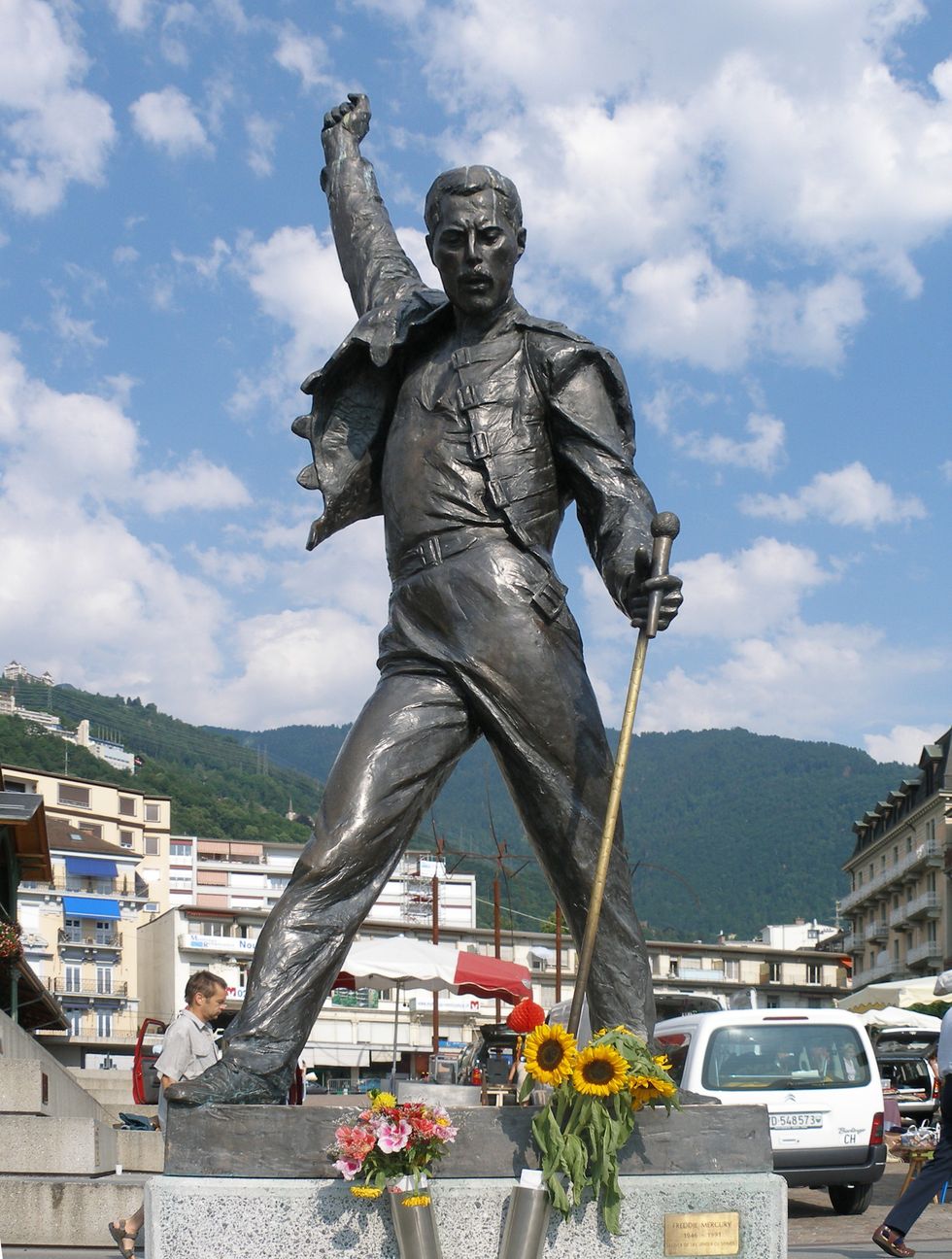 File:Statue of Freddie Mercury in Montreux 2005-07-15.jpg - Wikipedia
File:Statue of Freddie Mercury in Montreux 2005-07-15.jpg - Wikipedia
 The hole in the ozone layer in 2015.Photo credit: Wikimedia Commons
The hole in the ozone layer in 2015.Photo credit: Wikimedia Commons In the 1980s, CFCs found in products like aerosol spray cans were found to cause harm to our ozone layer.Photo credit: Canva
In the 1980s, CFCs found in products like aerosol spray cans were found to cause harm to our ozone layer.Photo credit: Canva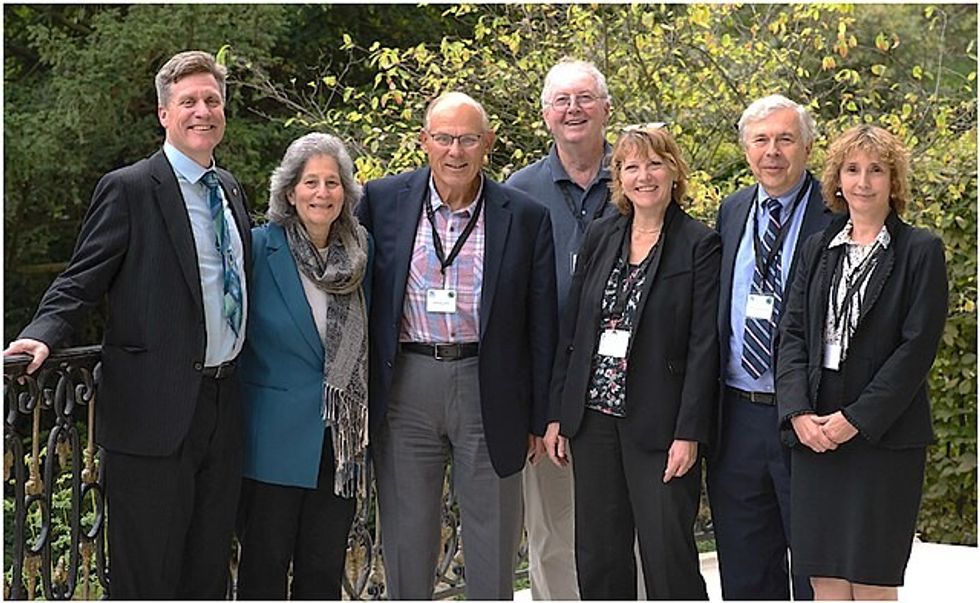 Group photo taken at the 30th Anniversary of the Montreal Protocol. From left to right: Paul Newman (NASA), Susan Solomon (MIT), Michael Kurylo (NASA), Richard Stolarski (John Hopkins University), Sophie Godin (CNRS/LATMOS), Guy Brasseur (MPI-M and NCAR), and Irina Petropavlovskikh (NOAA)Photo credit: Wikimedia Commons
Group photo taken at the 30th Anniversary of the Montreal Protocol. From left to right: Paul Newman (NASA), Susan Solomon (MIT), Michael Kurylo (NASA), Richard Stolarski (John Hopkins University), Sophie Godin (CNRS/LATMOS), Guy Brasseur (MPI-M and NCAR), and Irina Petropavlovskikh (NOAA)Photo credit: Wikimedia Commons
 Getting older means you're more comfortable being you.Photo credit: Canva
Getting older means you're more comfortable being you.Photo credit: Canva Older folks offer plenty to young professionals.Photo credit: Canva
Older folks offer plenty to young professionals.Photo credit: Canva Eff it, be happy.Photo credit: Canva
Eff it, be happy.Photo credit: Canva Got migraines? You might age out of them.Photo credit: Canva
Got migraines? You might age out of them.Photo credit: Canva Old age doesn't mean intimacy dies.Photo credit: Canva
Old age doesn't mean intimacy dies.Photo credit: Canva
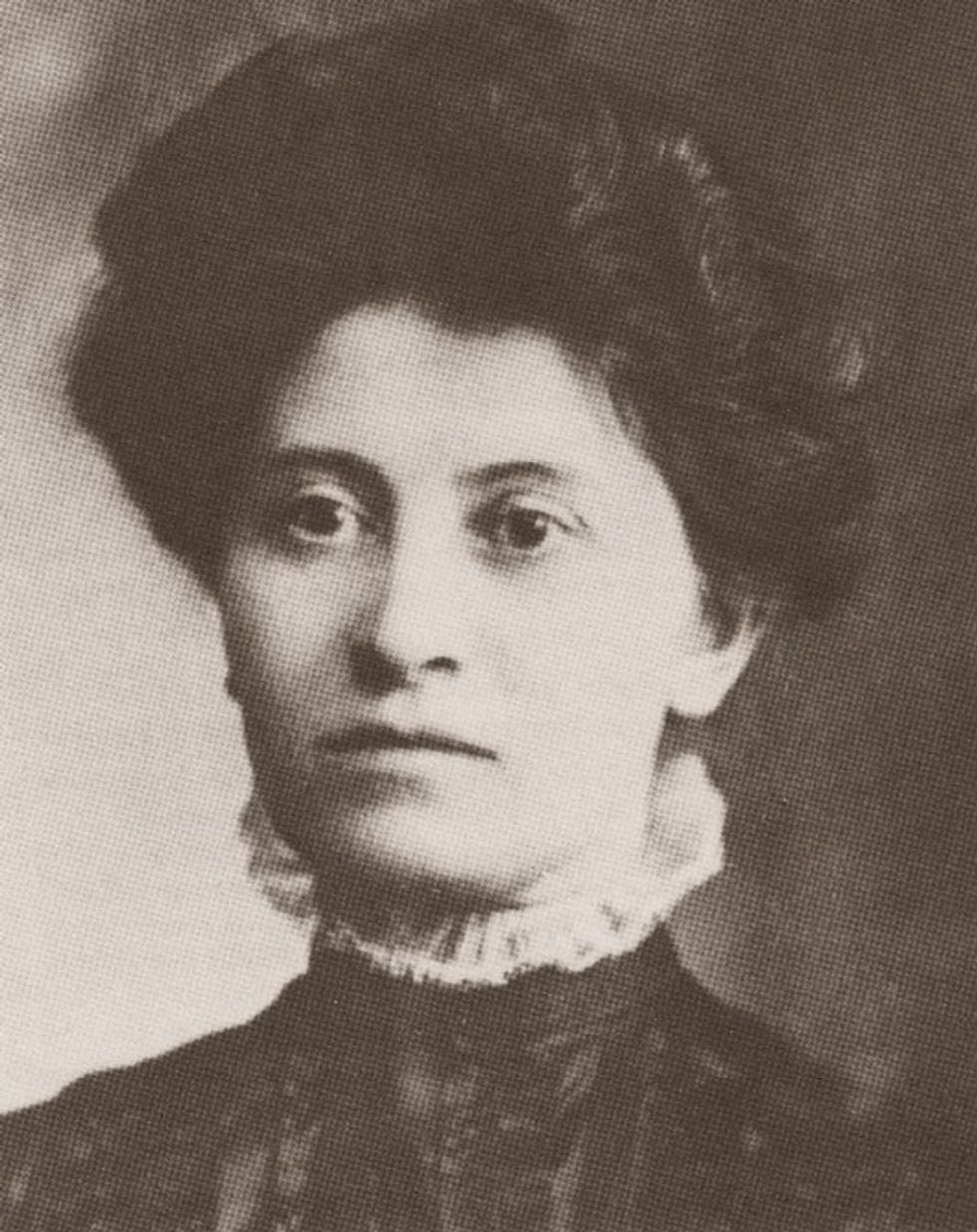 Theresa Malkiel
commons.wikimedia.org
Theresa Malkiel
commons.wikimedia.org
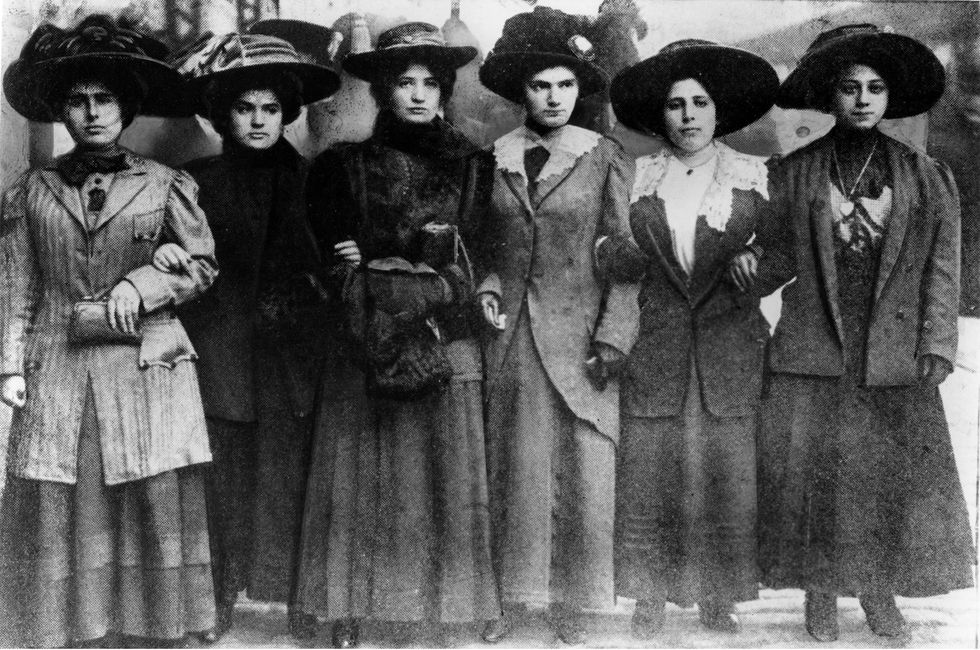 Six Shirtwaist Strike women in 1909
Six Shirtwaist Strike women in 1909
 University President Eric Berton hopes to encourage additional climate research.Photo credit: LinkedIn
University President Eric Berton hopes to encourage additional climate research.Photo credit: LinkedIn
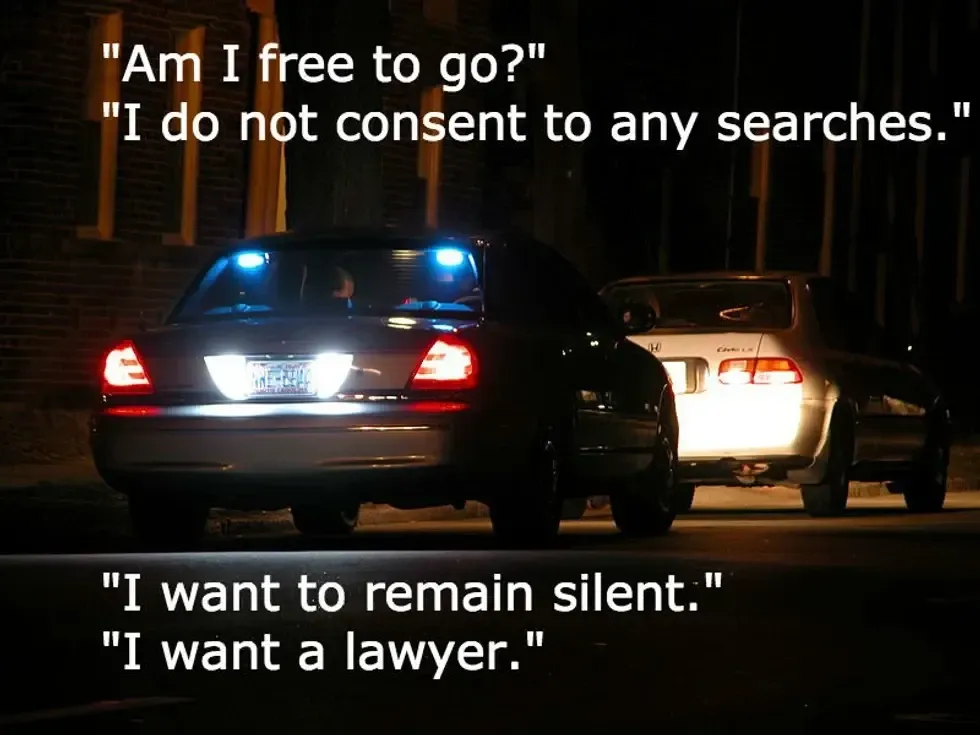 Image by Ildar Sajdejev via GNU Free License | Know your rights.
Image by Ildar Sajdejev via GNU Free License | Know your rights.
 blue white and red paperPhoto by
blue white and red paperPhoto by  Itv Quiz GIF by Stellify Media
Itv Quiz GIF by Stellify Media